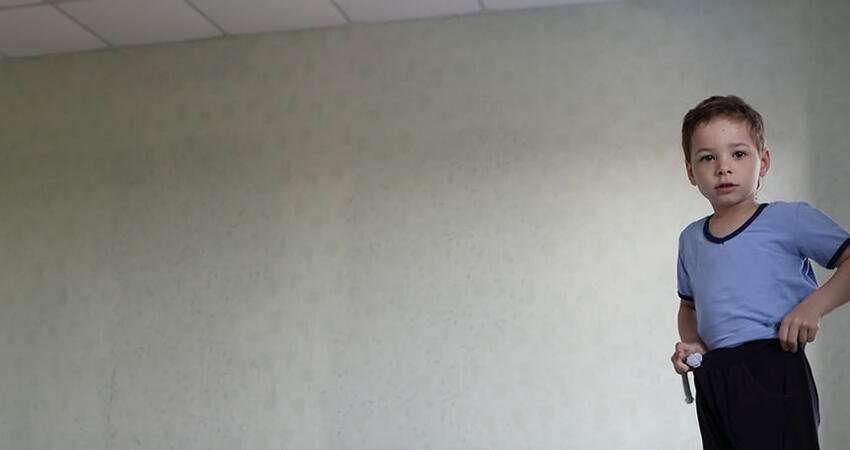
How Does Homelessness Affect Educational Outcomes of Children in Florida?
- Title:
- How Does Homelessness Affect Educational Outcomes of Children in Florida?
- Author:
-
Anne Ray, Melissa Gallo, Sabrina Velarde, Barbara “Bobbie” Ibarra, Whitney Airgood-Obrycki, Rachel Garshick Kleit
- Source:
- Publication Date:
-
2017
There were 33,889 homeless schoolchildren in Florida during the 2007–08 school year, including children temporarily doubled up with others and children staying in hotels, motels, shelters, transitional housing, and unsheltered locations. By the 2015–16 school year, that number had risen to 72,601. This report suggests that the rise is because of the recession and foreclosure crisis, the state’s increasing shortage of affordable housing, and school districts training teachers, counselors, and other staff to identify students with no permanent housing. The report examines student data from the Florida Department of Education and uses phone interviews with school district staff serving as McKinney-Vento homeless education liaisons from 29 Florida counties to explore the impacts of homelessness on children's educational outcomes. The findings reinforce the concept that safe, stable housing is the foundation for children’s education and later success in life, and the authors provide policy recommendations for federal, state, and local governments; community organizations; and the private sector to address the needs of students and families experiencing homelessness.
Key findings:
- Absenteeism was more common among students identified as homeless. These students missed 15 school days on average in 2015–16, compared with 11 days for housed students receiving free and reduced-price lunches and 8 days for housed students receiving full-price lunches.
- Homeless students were less likely to demonstrate proficiency in academic subjects. Passing rates for English language arts, math, and science exams were lower than they were for their housed counterparts.
- Homeless students were more likely to be subject to disciplinary action. Sixteen percent were suspended at least once in 2015–16, compared with 11 percent of housed students receiving free and reduced-price lunches and 6 percent of housed students receiving full-price lunches.
- Homeless education liaisons report working with local organizations to refer homeless students and families to available housing and services, but communities lack of sufficient housing to meet the needs of youth and their families.
Policy recommendations:
- To increase the supply of safe rental housing to extremely low–income families, the federal government should restore and maintain funding for programs such as the Housing Choice Voucher program. The report suggests that local governments should allot dollars from Florida’s Housing Trust Fund to assist extremely low-income households through housing development and rental assistance.
- The private sector and local governments should create loan funds and other housing trust funds in Florida communities, with an allotted portion of the funding going toward housing affordable to extremely low–income families.
- Communities should increase the number of youth-specific shelter programs and allow flexible periods of stay.


